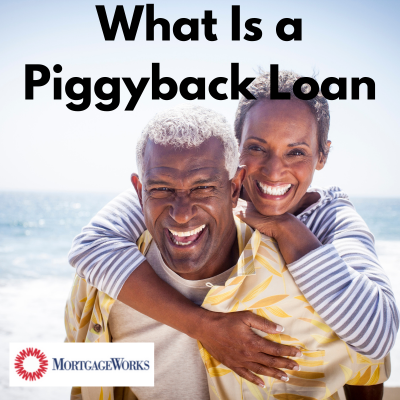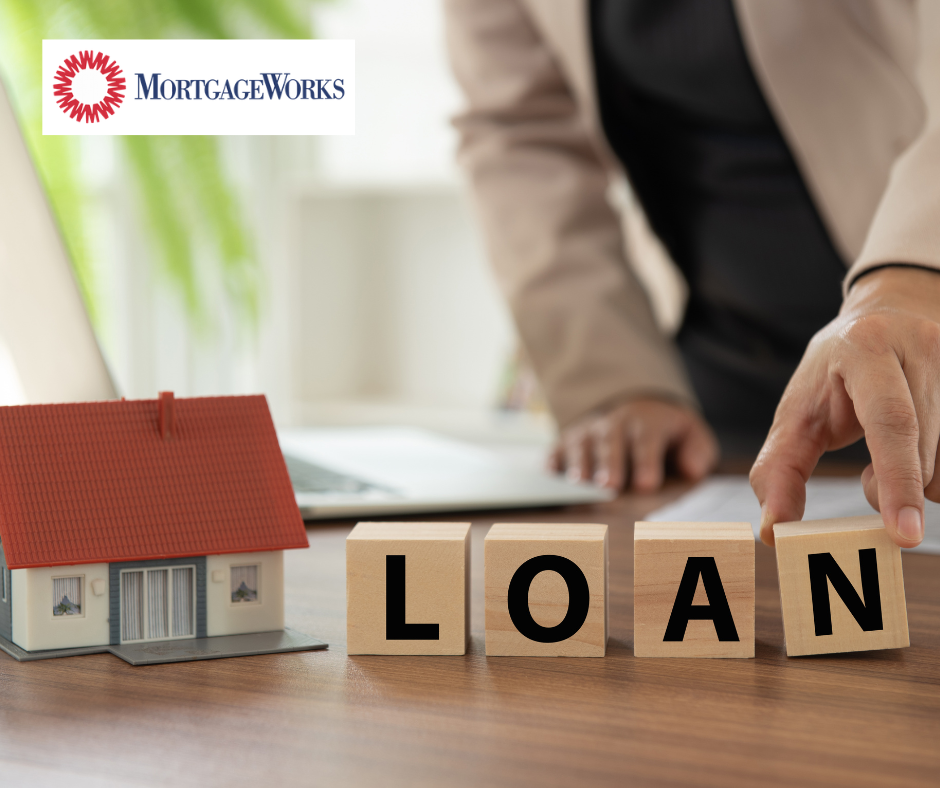 A piggyback loan (also called a “piggyback mortgage,” “combo loan,” or “simultaneous second mortgage”) is a financing strategy where a borrower takes out two loans at (or around) the same time for the same property purchase:
A piggyback loan (also called a “piggyback mortgage,” “combo loan,” or “simultaneous second mortgage”) is a financing strategy where a borrower takes out two loans at (or around) the same time for the same property purchase:
The first mortgage covers most of the home’s price (e.g., 80 %)
A second mortgage (the “piggyback”) covers a smaller portion (e.g,. 10 %)
The borrower still provides the remaining portion in cash (e.g,. 10 %)
In effect, you are “piggybacking” a second loan on top of the main mortgage in order to reduce your cash down payment or avoid certain additional costs.
Traditionally, the common structure is known as 80/10/10:
80% financed via the first mortgage
10% via the second (piggyback) mortgage
10% from your own funds as down payment
However, variations exist:
80/15/5 (first mortgage 80 %, second mortgage 15 %, down payment 5 %)
In earlier eras, more aggressive structures like 80/20 (i.e., no cash down payment) were more common, though they’re less prevalent today due to regulatory, underwriting, and risk concerns.
The second mortgage is often structured as a home equity loan or a home equity line of credit (HELOC) (sometimes variable rate), though in some cases fixed-rate second mortgages are used.
What distinguishes a piggyback loan from a traditional second mortgage is essentially timing and purpose: the piggyback is arranged simultaneously with the primary mortgage, and its function is explicitly to cover (all or part of) the down payment or financing gap.
 What Problem(s) Do Piggyback Loans Solve?
What Problem(s) Do Piggyback Loans Solve?Piggyback loans are not for everyone, but they address several real challenges in home financing. Below are the main problems they aim to solve — and how effectively they do so.
In many conventional mortgages, if your down payment is less than 20%, the lender will require you to pay private mortgage insurance (PMI) to protect them against default risk. PMI can add a significant monthly cost.
By structuring your purchase so that the first mortgage accounts for 80% of the home’s value, you can avoid PMI even when your cash down is less than 20%, because the second mortgage effectively “makes up” the difference.
That is often the primary motivator for using piggyback structures.
Some homebuyers simply don’t have (or don’t want to tie up) the full 20% down payment in liquid cash. A piggyback mortgage lets you stretch your cash further, enabling you to secure a home purchase with less immediate capital outlay.
In scenarios where you have confidence in future cash inflows (a bonus, sale of another asset, etc.), you might use the piggyback loan more strategically and pay it down later.
In many U.S. markets, conforming loan limits cap how much you can borrow with favorable conventional financing. Loans above that threshold—jumbo loans—carry higher interest rates, tighter underwriting standards, and more scrutiny.
A piggyback loan can help structure the financing so that the first lien stays within conforming limits, while the excess is handled via the second mortgage. This can help you avoid the penalties or constraints associated with jumbo financing.
Because the second loan is often structured as a HELOC or variable instrument, it can provide additional flexibility — you might use remaining credit for home improvements or to pay down high-interest debt (depending on terms).
Moreover, in certain market conditions, the interest rate premium on that second mortgage may be lower than the effective cost of PMI over time, making the piggyback route financially favorable.
 Risks, Trade-Offs & When It May Not Work
Risks, Trade-Offs & When It May Not WorkPiggyback loans are more complex and carry meaningful trade-offs. Below are key drawbacks and red flags:
Since the second loan is junior in lien priority, lenders may charge a higher interest rate, especially if it’s variable (as many HELOCs are). Over time, that added interest can erode your savings from skipping PMI.
You will have two mortgage payments (first and second loans). That could place stress on your cash flow, especially if the second loan’s rate adjusts upward.
Qualifying for two loans simultaneously is harder. Lenders will scrutinize credit, debt-to-income ratios, reserves, and possibly demand higher minimums. Some borrowers who would have qualified for a single mortgage may fail one of the two loan approvals.
If market conditions soften, you may find it hard to refinance both loans into a single mortgage. The second loan’s lender must agree to subordination or payoff. In a down market, your home value could shrink, leaving less equity cushion.
Because you're starting with less owner equity (your down payment is smaller), negative price swings or declines in the local real estate market can pose greater risk. There is less buffer to absorb losses.
In some cases, the combined interest and fees from two loans may exceed the cost of a conventional mortgage + PMI over the same term. You must run the numbers comparing alternative paths.
To decide whether a piggyback loan is right in your scenario, follow this checklist:
Compare the cost of PMI vs. cost of the second loan
Estimate total PMI payments over time vs. the added interest of a junior loan.
Check credit and debt ratios
You’ll have to satisfy qualification for both mortgages. Good credit and lower debt burden strengthen your case.
Stress-test cash flow
If interest rates on the second loan increase, can you absorb the additional payment?
Consider your timeline
If you expect to sell or refinance soon, the complexity may not be worth it.
Account for closing and fees
Two loans often mean two sets of closing costs, underwriting fees, and legal work.
Consult your lender or mortgage advisor
Some lenders offer both first and second mortgages; others don’t permit piggyback structures. Ask whether your lender supports it, and whether they can coordinate the two loans.
A piggyback loan is a strategic, somewhat niche tool in the mortgage toolbox. It’s designed to help with two major obstacles:
Avoiding PMI when you lack a full 20% down payment
Staying within conforming loan limits to avoid jumbo financing penalties
But its benefits come bundled with complexity, risk, and the need for rigorous comparison. It tends to make the most sense when interest spreads are favorable, credit is strong, and you plan to hold the property for a long time.
If you’re seriously considering this route, talk to a mortgage professional who’s familiar with piggyback structures. Run side-by-side projections, stress-test your cash flows, and choose the path that aligns with your financial goals and comfort with risk.
Ready to Explore Your Options?
A piggyback loan can be a smart way to buy sooner, save on PMI, or stay within conforming loan limits — but it’s not a one-size-fits-all solution. The right strategy depends on your goals, income, and the local Coachella Valley market.
At MortgageWorks, our experienced loan specialists can walk you through every option — from conventional and jumbo loans to creative solutions like piggybacks — so you can make the most informed choice possible.
Call MortgageWorks today or visit MWLoan.com to schedule your free consultation.
Let’s find the smartest way to finance your dream home in the desert.